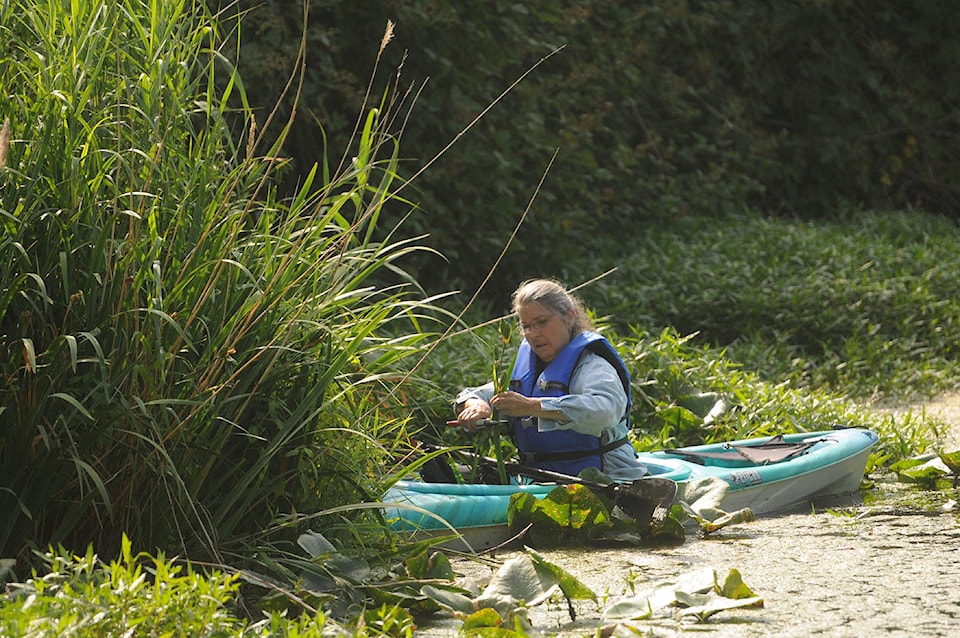Yellow flag irises may be pretty flowers, but they’re also pretty invasive.
And they’re spreading throughout Bell Slough in Chilliwack causing problems for animals that live there.
The residents living along the slough recognized the waterway was in “dire need of help,” said Roxanna Froese with Watershed Watch Salmon Society. There has been progressive deterioration over the past three years, but this year is the worst it’s ever been.
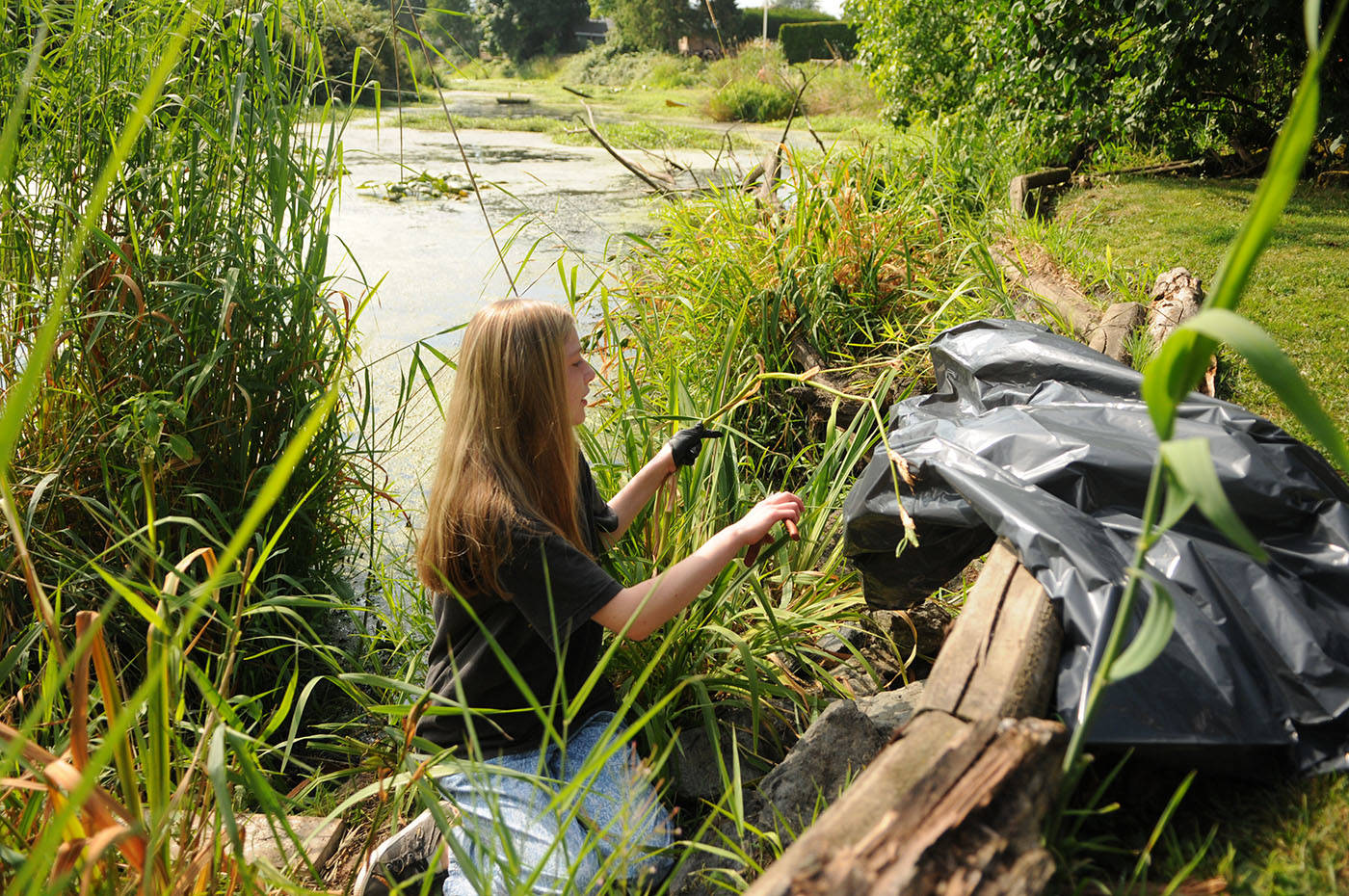
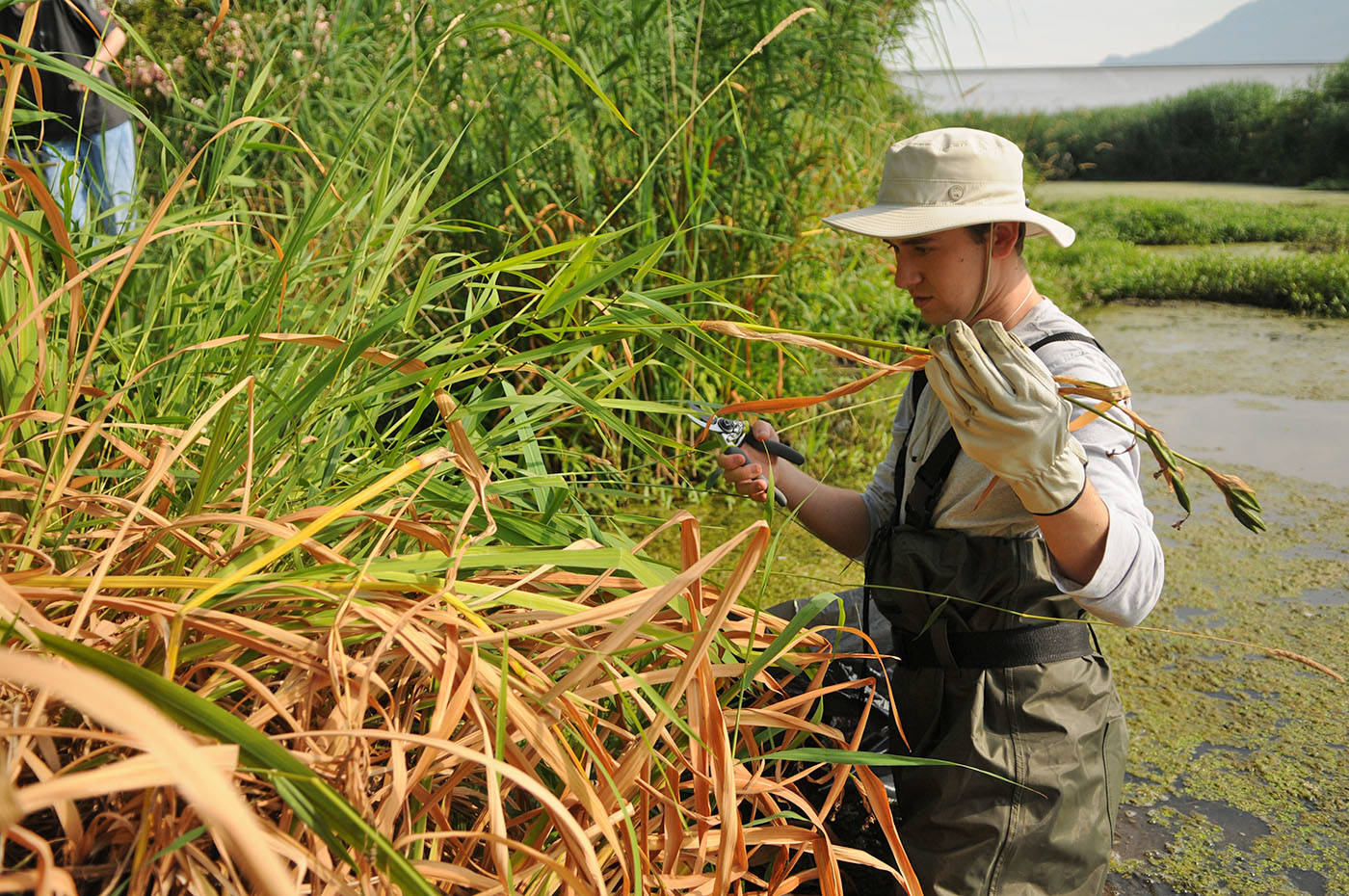
“It was essentially dying. With a decrease of water over the years and increase of invasive plants, the health of the slough has declined rapidly,” she said.
And so a group of about 30 volunteers were out in small boats and hip waders Saturday (July 3) snipping the seed pods from the invasive plant that lines much of the slough’s shore.
The seed pod removal was initiated by many neighbours who live along the Bell Slough including Wendy and Darryl Klassen who have been there for decades.
“This is so concerning because we’re worried it’s actually going to dry up,” Wendy Klassen said, adding that the water level is about three feet lower than what it should be at this time of year.
READ MORE: Friends of the Slough in Chilliwack push for restoration
READ MORE: Cleaning out the sloughs of Chilliwack was appreciated council hears
The rhizomes of the yellow flag irises have grown deep in the water preventing fish and other animal from being able to swim through the slough. Rhizomes are subterranean plant stems that send out roots and shoots from its nodes.
“Once it gets into a waterway, the rhizomes build a shelf and it actually can close in an entire waterway,” Froese said. “It takes over and fish can’t survive because it’s too thick. Ducks can’t get out of the water, animals can’t crawl through it.”

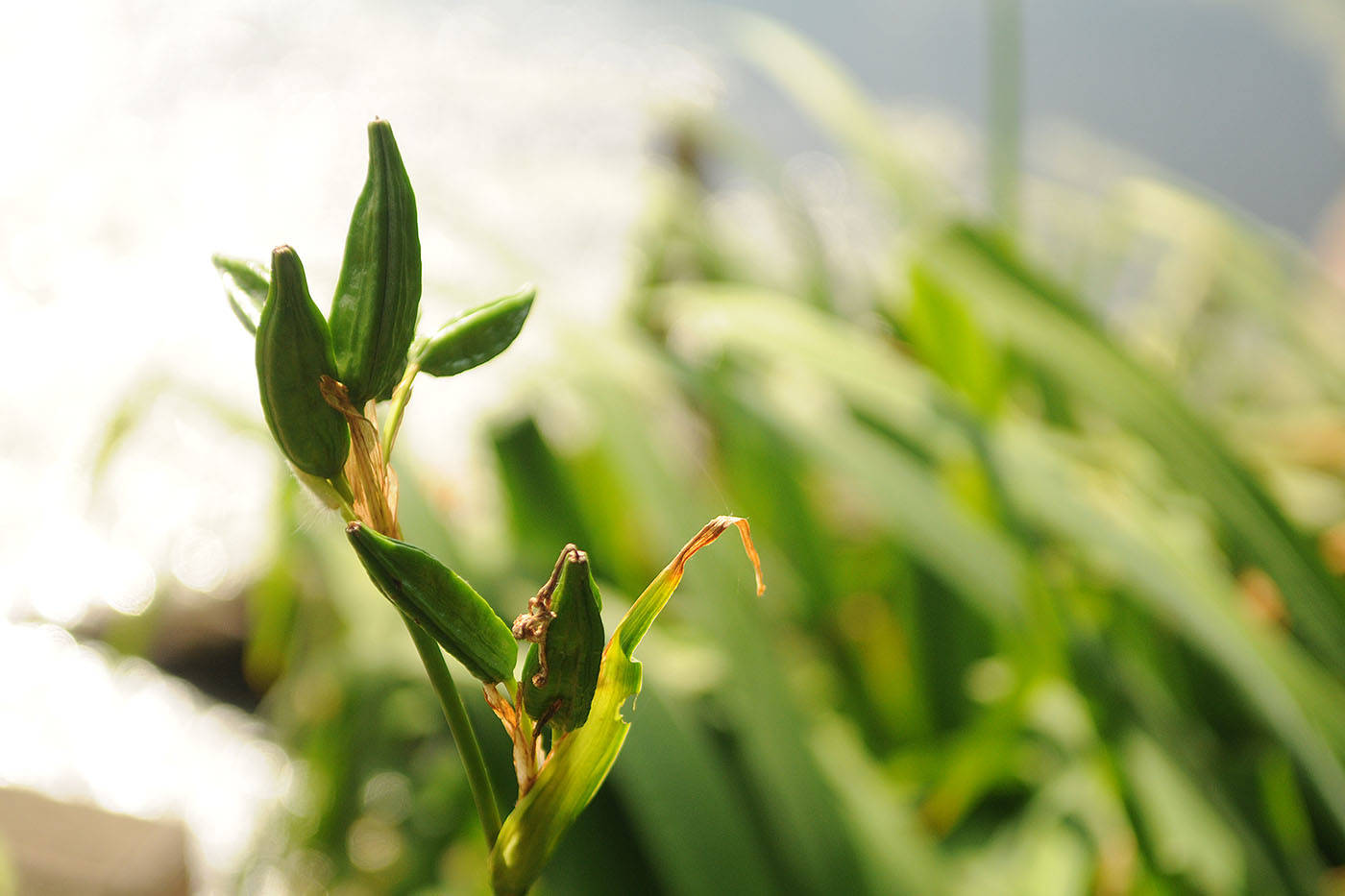
And although the ideal solution is to remove the irises completely, it’s too big of a task for a group of volunteers. The City of Chilliwack needs to dredge the slough and in order for them to do that, they need to see community involvement, Froese added.
So the neighbours are doing exactly that to help save the slough. Cutting the seed pods from the irises prevents the seeds from dropping into the water and sprouting.
“We’ve watched our slough suffer over the last few years. We know we have a long way to go on this slough, but this is a start. This is an amazing start,” Klassen said. “This area is a prized area and we want to see it return to that.”
The seed pods snipped Saturday were brought to the Parr Road Green Depot where they were destroyed through the City of Chilliwack’s community invasive removal program. The green depot accepts all invasive plant species. The Bailey Landfill also accepts invasive species (all plants excluding knotweed and toxic plants like giant hogweed and spurge laurel).
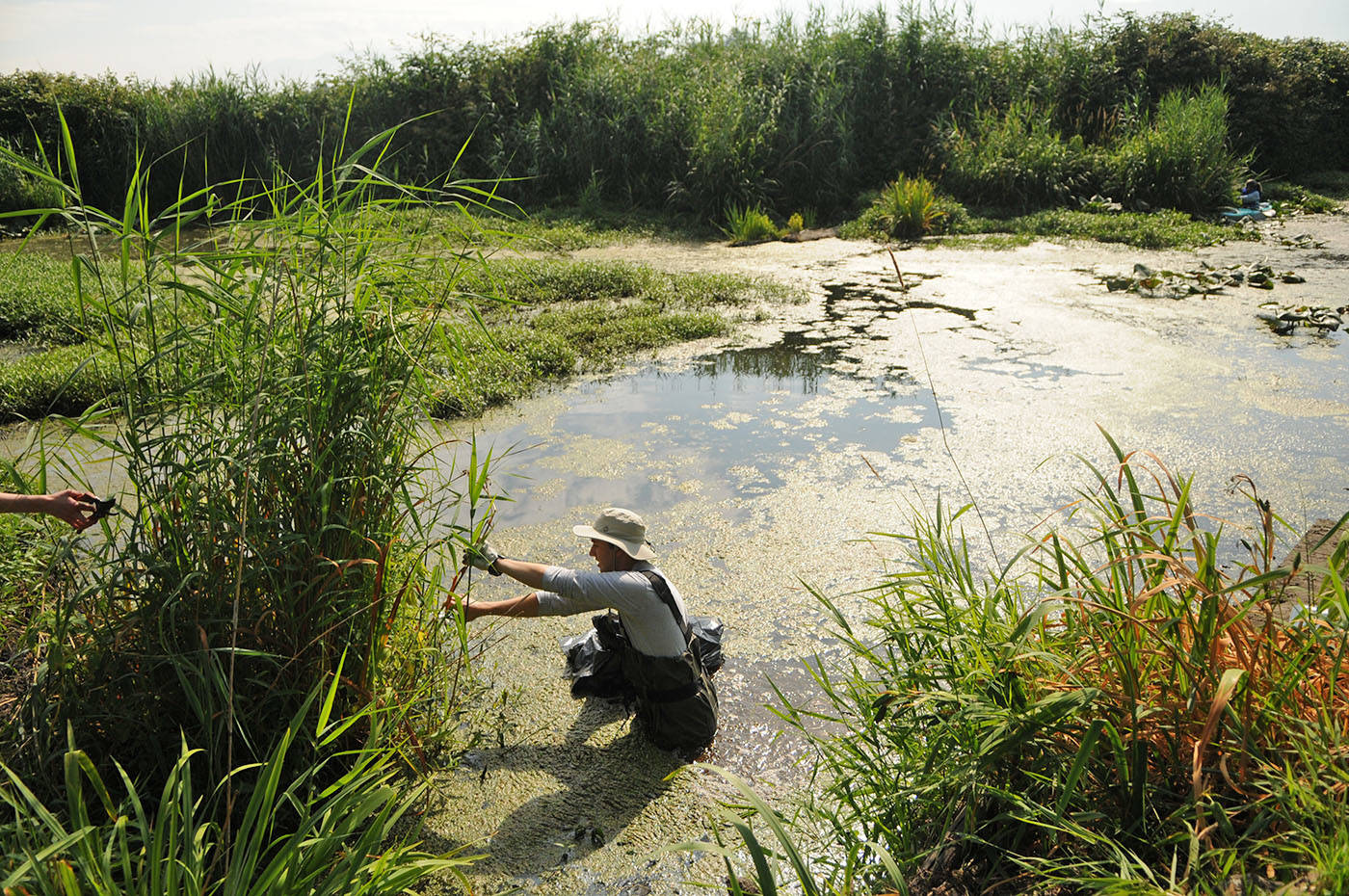
Do you have something to add to this story, or something else we should report on?
Email: jenna.hauck@theprogress.com
Twitter: @PhotoJennalism
